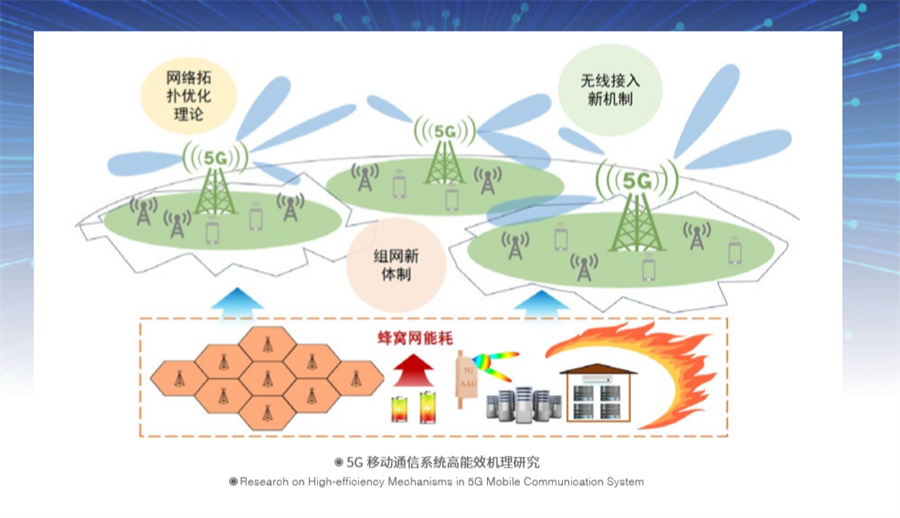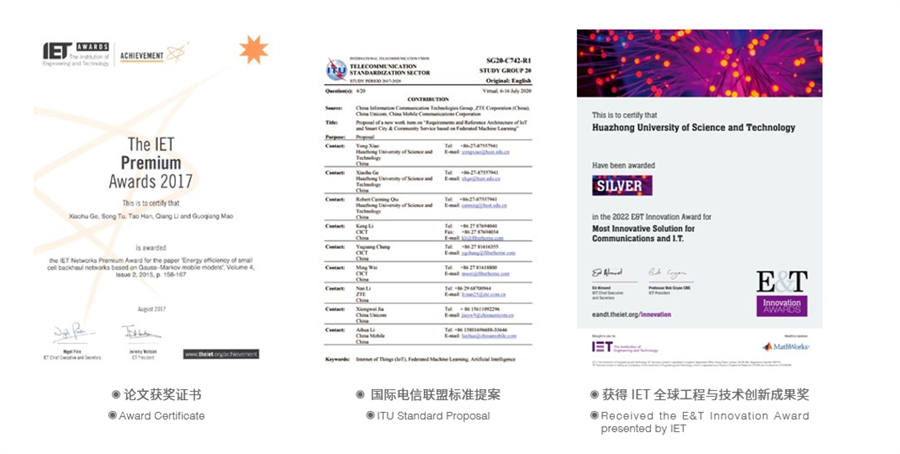
- Home
- Media Center
-
Events
- Wuzhen Summit
- Regional Forums
- Practice Cases of Jointly Building a Community with a Shared Future in Cyberspace
- World Internet Conference Awards for Pioneering Science and Technology
- The Light of Internet Expo
- Straight to Wuzhen Competition
- Global Youth Leadership Program
- WIC Distinguished Contribution Award
- Membership
- Research & Cooperation
- Digital Academy
-
Reports
- Collection of cases on Jointly Building a Community with a Shared Future in Cyberspace
- Collection of Shortlisted Achievements of World Internet Conference Awards for Pioneering Science and Technology
- Reports on Artificial Intelligence
- Reports on Cross—Border E—Commerce
- Reports on Data
- Outcomes of Think Tank Cooperation Program
- Series on Sovereignty in Cyberspace Theory and Practice
- Other Achievements
- About WIC
- 中文 | EN

Collection: Research on high-efficiency mechanisms in 5G mobile communication system
Introduction
In response to the current challenges in 5G energy efficiency, the project team tackled highly challenging issues related to 5G ultra-dense cellular network architecture, base station topology theory, and high-efficiency low-latency access. The team successfully addressed the optimization challenges of decoupling energy efficiency in 5G networks and proposed a theoretical framework for high-efficiency 5G mobile communication systems.

High-efficiency Mechanisms in 5G Mobile Communication System
For the first time, the achievement unveiled the interplay between energy efficiency and throughput saturation within 5G's new ultra-dense cellular network architecture of 5G. It introduced an innovative distributed ultra-dense network architecture solution, resulting in a two-order-of-magnitude improvement in energy efficiency when deploying 5G base stations in an ultra-dense network. Additionally, by incorporating Markov chain models and functional utility functions, the project successfully addressed the multi-dimensional nonlinear decoupling problem, enabling the coordinated optimization of energy efficiency in mobile communication networks from local channel optimization to a global spatiotemporal dimension. This accomplishment was honored with the 2022 IET (Institution of Engineering and Technology) Global Engineering and Technology Innovation Achievement Award.
Utilizing functional theory to unify the random topological characteristics of networks and the Markov chain properties of traffic flows for the construction of a global network efficiency optimization mechanism
Firstly, the achievement uncovered the saturation effects between the spatial density of 5G base stations and network throughput and energy efficiency. It shattered the longheld belief that cellular network throughput/efficiency increases with base station density, which had been established for nearly half a century. For the first time, it revealed that 5G cellular networks operate as density-constrained wireless communication systems. The system elucidated the architectural mechanisms affecting energy efficiency and throughput, introducing a distributed ultra-dense network architecture that received recommendations from international telecommunications industry organizations. This has had a significant impact on 5G network deployment and performance optimization. Secondly, the introduction of Markov chain models and functional utility functions successfully tackled the multi-dimensional nonlinear decoupling problem in network energy efficiency. It provided a new theoretical foundation for the global coordinated optimization of mobile communication networks. This theoretical framework has not only made important contributions to the academic community but has also been applied in practical products, driving the growth of the mobile communication industry, and generating billions in sales revenue and profits. Lastly, the proposal of the massive fractal multiple access mechanism significantly improved energy efficiency, throughput, and reduced average access latency in 5G Internet of Things applications. This innovation provided a crucial theoretical basis for the application of 5G IoT in smart cities and other fields.

The theoretical achievement has been awarded the Best Paper by a prestigious international communication authority and the 2022 E&T Innovation Award presented by IET
The representative papers of the research achievement have been published in prestigious journals in the field of international communications and networking. One of these papers was selected as the IEEE Communications Society's Monthly Best Paper, while another received the Best Paper Award in the field of backhaul/front-haul networks.
These papers have accumulated thousands of citations in Google Scholar, further affirming their significant standing within the academic community. The International Telecommunication Industry Association (5G Americas) has recommended this research achievement as a next-generation cellular network solution, highlighting its forward-looking nature and practical application potential in the field of 5G communications. Additionally, the research team submitted the world's first federated learning reference architecture proposal for 5G smart cities to the International Telecommunication Union (ITU) standardization process. This proposal has received approval and initiation at the ITU SG20 plenary meeting. This standardization proposal further demonstrates the positive impact and forward-looking nature of this research achievement within the international academic community, providing strong support for the development of future communication systems and having profound implications for global communication technology and smart city construction.

The World Internet Conference (WIC) was established as an international organization on July 12, 2022, headquartered in Beijing, China. It was jointly initiated by Global System for Mobile Communication Association (GSMA), National Computer Network Emergency Response Technical Team/Coordination Center of China (CNCERT), China Internet Network Information Center (CNNIC), Alibaba Group, Tencent, and Zhijiang Lab.





